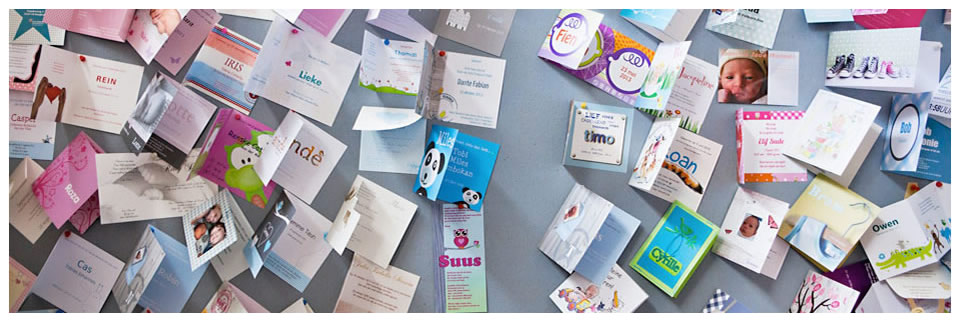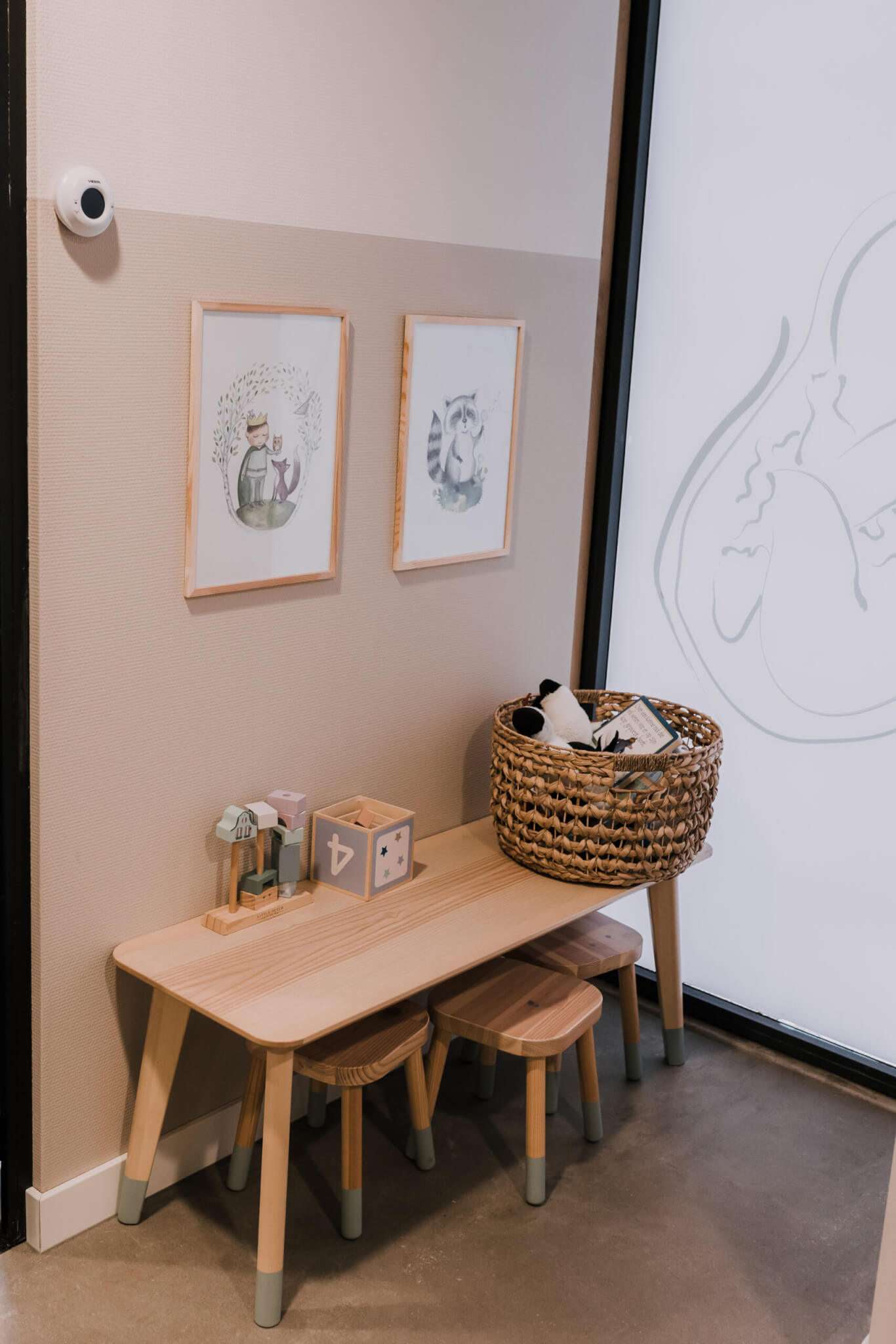Breastfeeding
You have probably already thought about whether or not you want to breastfeed after giving birth. Below we provide additional information so that you can make an informed choice.
Feeding your newborn is one of the first things you will have to deal with as a new mother. Important questions arise: Why do I choose to breastfeed? Why is breastfeeding good for my child and for myself? How often and when do I breastfeed? What should I pay attention to when feeding?
It goes without saying that the partner also plays a very important role in the success of breastfeeding. Breastfeeding is a responsibility that you share.
Breastfeeding versus bottle feeding
The choice of breastfeeding or bottle feeding is up to you as parents. As midwives, we would like to support you as good as possible.
There are many benefits of breastfeeding that we would like to draw your attention to. You can use this information to make a choice. More can be read about this below.
It is also possible that you consciously choose bottle feeding. Then it is wise to look into that carefully as well in order to know what to expect and what choices can be made in this regard. For this information we refer you to the website of the ‘Voedingscentrum‘ (Nutrition Center) in Dutch.
Benefits of breastfeeding for the child:
- Breastfeeding contains many antibodies against germs, making your child less prone to all kinds of infections, at present and in the long term. You can think of a runny nose, ear infection, meningitis, infections of the respiratory tract and intestinal diseases. This is less common in all breastfed children.
- Breastfeeding has a laxative effect (especially in the first few days), which makes stools come up faster. In addition, it is easily digestible, which benefits your baby’s fragile digestive system.
- Breastfed children are less likely to develop allergies and diabetes. It has also been shown that there is a reduced risk of cardiovascular disease and certain types of cancer later in life.
- By sucking the breast certain muscles in the mouth are exercised, allowing the baby’s jaw to develop properly. This has a positive effect on the ability to speak.
- Research has shown that breastfed infants develop faster than formula-fed infants.
- Breastfeeding adapts precisely to the needs of your child in terms of composition and quantity. It has the right temperature and can be offered as often as necessary.
- Sucking on a nipple is very satisfying for a baby and it also provides comfort.
- Breastfeeding is cheap, always at hand and environmentally friendly!
Benefits of breastfeeding for the mother:
- Because breastfeeding is a very intimate event, it makes an important contribution to mother and child bonding.
- Breastfeeding will cause the uterus to shrink more quickly, which also has a beneficial effect on the amount of blood loss.
- The risk of breast cancer decreases the longer you breastfeed.
- The risk of developing osteoporosis is reduced.
- By breastfeeding you will return to your old weight much faster.
- You have to take time to breastfeed, so that you build in a moment of rest for yourself several times a day.
Often, many questions arise when breastfeeding. A lot is changing in your body and there are many things to take into account. We will discuss these questions with you during the postnatal week. Below we have made an overview of the most important and relevant topics during breastfeeding.
More information
Books (in Dutch)
- Borstvoeding – Stefan Kleintjes – ISBN13: 9789000323265
- Handboek borstvoeding – La Leche League – ISBN13: 9789051218732
- Borstvoeding geven, een antwoord op al je vragen – A. de Reede – ISBN13: 9789032510466
Internet (all in Dutch)
- Nederlandse Vereniging van Lactatiekundigen
- Zorg voor Borstvoeding
- La Leche League
- Kenniscentrum Borstvoeding
- Voedingscentrum
- Stichting Voedsel Allergie
Lactation experts
During the maternity period, we will help and support your breastfeeding together with maternity care. Sometimes it is necessary for a lactation consultant to watch, we will arrange this for you at that time. The maternity agency often also employs a lactation consultant whom they can consult.
- Borstvoeding Midden Nederland
- Borstvoeding Madelief
Zwarteweg 12, Leusden
Het Melkmeisje
- Inge Stoof Lactatiekundige IBCLC
Peerlenburg 49 - Prima lacta
Petra Jongeneel, Lactatiekundige IBCLC, Amersfoort
Fees
On zorgwijzer.nl you will find an overview of lactation assistance reimbursements that several health insurance companies offer..
Your choice
It is up to you and your partner to decide which form of feeding most appeals to you; the point is that you feel good about your own choice. We will always respect your decision in this regard. You can always count on our guidance and support, whatever form of feeding you choose. Naturally, this topic can always be discussed during consultation hours.



